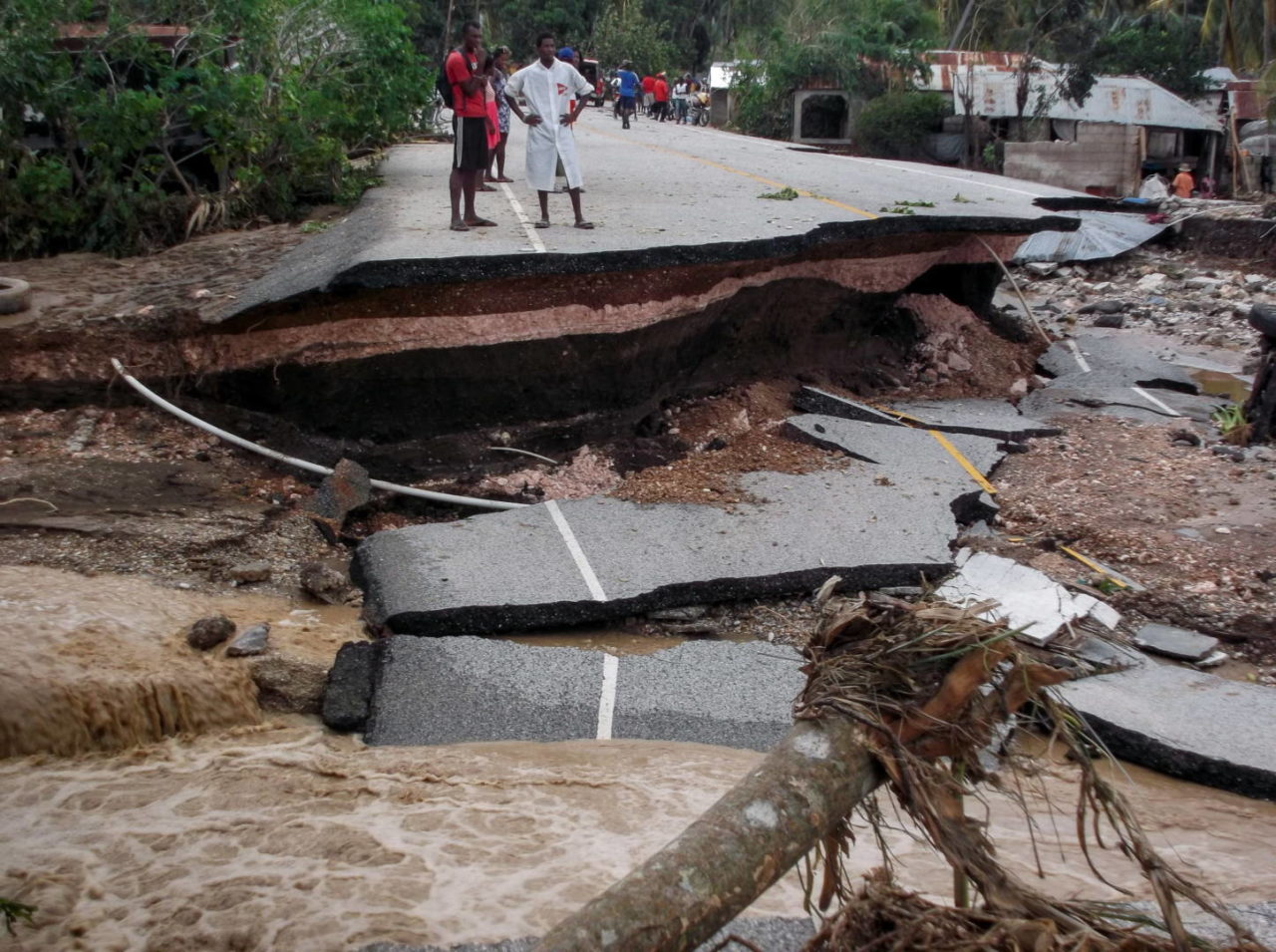World Vision Emergency Team Responds as 7.8 Earthquake hits Nepal
Media Contact :
April 25, 2015
Senior Public Relations Manager
[email protected]
m 202.679.1620
Media Contact :
April 25, 2015
Senior Public Relations Manager
[email protected]
m 202.679.1620

KATHMANDU, Nepal (April 25, 2015) — A magnitude 7.8 earthquake struck Nepal on Saturday, toppling buildings and creating avalanches in the Himalayas. The national disaster management agency has declared a state of emergency and says close to 900 people have died. (See photos from World Vision’s emergency response team).
“I was home with my five-year-old son when the ground started shaking, almost like we were in a boat,” said Alina Shrestha, communications manager with World Vision in Nepal. “We ran outside and everyone was screaming. One wall of my home collapsed. Tonight, 30 people are staying at my home because I have an open space where they feel safe. Many people are afraid of aftershocks and are sleeping outside, but it’s cold here. My children are sleeping in my car to try to stay warm.”
World Vision is currently working to locate and ensure the safety of its 200 staff and a number of international staff attending a workshop in-country this week, said Liz Satow, World Vision’s national director in Nepal. Though it’s difficult to get thorough reports because telecommunication is “up and down,” at least 25 staff are now in Hotel Himalaya in Kathmandu as they continue to feel aftershocks through the night.
“Infrastructure is down all over the city,” said Philip Ewert, World Vision’s operations director in Kathmandu. “Power is out with limited internet access. Walls and water tanks are damaged. We are also getting reports that people are trapped in temples and other public buildings as there was a large festival here Saturday.”
Hospitals have reportedly run out of wound management kits in Kathmandu. World Vision staff visiting a local hospital report an influx of injured patients and the need for help to manage the crowds of those requiring assistance.
Emergency shelter sites are opening up now for families who have lost their home or are seeking safer shelter.
After search and rescue, World Vision disaster management staff say initial needs are potable water, food, household supplies, temporary shelter and protection for children.
Fast facts:
To donate to World Vision’s emergency response in Nepal, text NEPAL to 777444 to donate $10, visit www.WorldVision.org, or call 1-888-562-4453 (1-888-56-CHILD).
– END –
About World Vision:
World Vision is a Christian humanitarian organization conducting relief, development, and advocacy activities in its work with children, families, and their communities in nearly 100 countries to help them reach their full potential by tackling the causes of poverty and injustice. World Vision serves all people regardless of religion, race, ethnicity, or gender. For more information, please visit www.WorldVision.org/media-center/ or on Twitter @WorldVisionUSA.